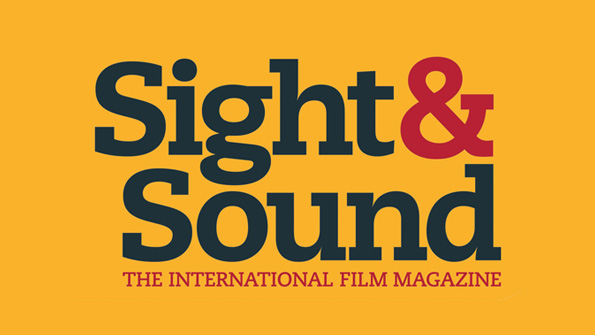1) Starter Images: First of all for my poster I had to decide what my main images would be and what my U.S.P would be. I centered my poster on two images of my main male characters, seen above. The U.S.P will be the addressing of the audience with the stare by my main character which will grab the audiences attention and look rather dramatic. Then my secondary image will be the supporting actor representing a separate character and separate personality with his expression.
2) Background image: I had my main images, now I needed a background. For the background I decided to have dramatic grey clouds, representing the dark, gritty nature of my film and also the audience are then able to establish the Drama genre that is being exemplified.The image itself is an image that I took of clouds on a relatively bright day, then the effects that I applied to it on Photoshop meant that I could have a much darker and moodier background.
3) Text: A vital part of a poster is the text and the titles. I wanted the title for my poster to stand out in the street and therefore, I used bold colours such as red and black with white text. I also wanted the title to split up my poster into 4 parts so people could distinguish characters, text, reviews and taglines. The images seen above are key for the marketing campaign of my film; the star is to symbolise the rating of my film from well known sources and the social network logos such as twitter, facebook and youtube show the audience a place where they can become an active audience and discuss their opinions on the up and coming film with others.

4) The final product: I put the parts together and I was left with a poster that I was pleased with as I believe it is clear what genre of film my film is and the tagline really helps to establish what my film is about. Reviews and critics are key to people deciding on whether they are going to go see a film at the cinema and that is why I have placed them clearly in the top right hand corner of my poster. Finally, the inclusion of the film's website on the poster is another important convention of film posters which encourage the audience to look at the film in further detail and become active.


















